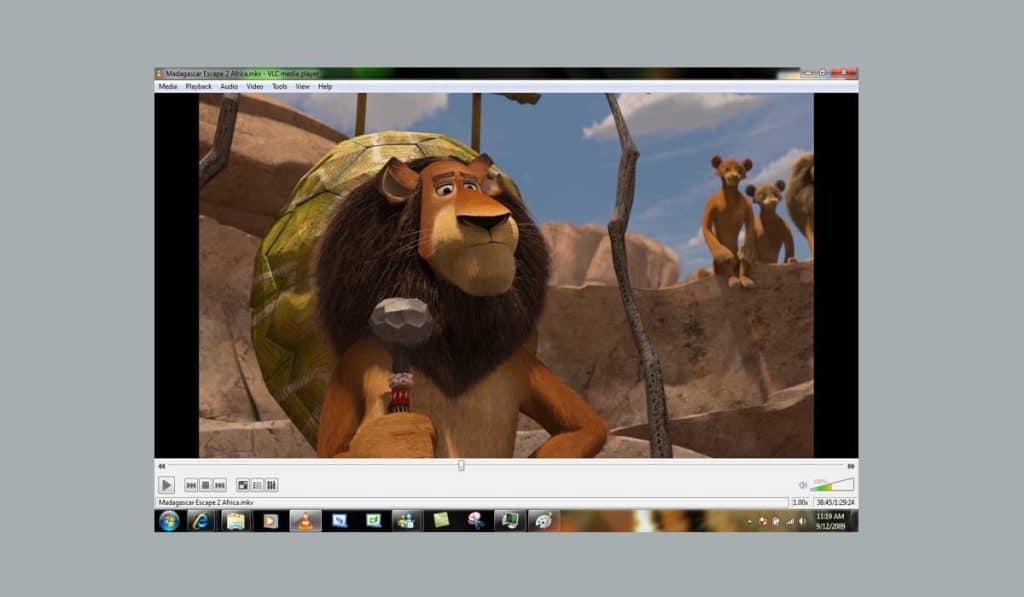
- JPROFILER ALTERNATIVE OPEN SOURCE HOW TO
- JPROFILER ALTERNATIVE OPEN SOURCE SOFTWARE
- JPROFILER ALTERNATIVE OPEN SOURCE CODE
Some operating system profilers now have built-in support for flame graphs:

My first talk on flame graphs was at USENIX LISA 2013, which ended up as a plenary talk ( youtube, slideshare, PDF): Operating Systems I gave an updated talk explaining flame graphs at USENIX ATC 2017 titled Visualizing Performance with Flame Graphs, which is on youtube and slideshare ( PDF)

6.Īlso see my CPU Flame Graphs page, and the presentation below. This visualization is fully explained in my ACMQ article The Flame Graph, also published in Communications of the ACM, Vol. Search matches and highlights a given term and shows the "cumulative percentage" of stacks including the search term.Mouse click zooms the visualization horizontally, revealing function names previously elided.Mouse hover shows additional frame details in a status bar.A dynamic visualization allows interactive features to aid navigation and comprehension, including: As a static visualization, a flame graph can be saved as an image, included in print (books), and will still convey the "big picture" as only the most frequent frames have enough width for labels.
JPROFILER ALTERNATIVE OPEN SOURCE CODE
Variations include inverting the y-axis (an "icicle graph"), changing the hue to indicate code type, and using a color spectrum to convey an additional dimension.įlame graphs are both a static and dynamic visualization. Original flame graphs use random colors to help visually differentiate adjacent frames.

The top edge shows what is on-CPU, and beneath it is its ancestry. The wider a frame is is, the more often it was present in the stacks. The x-axis shows the stack profile population, sorted alphabetically (it is not the passage of time), and the y-axis shows stack depth, counting from zero at the bottom. E.g., file system contents (see instructions comparisons with treemaps and sunbursts). The example on the right is a portion of a CPU flame graph, showing MySQL codepaths that are consuming CPU cycles, and by how much.įlame graphs can also be used for any hierarchical data. The following pages (or posts) introduce different types of flame graphs: See the Updates section for other implementations. My colleague on the Netflix performance engineering team, Martin Spier, created an open source d3 version: d3-flame-graph. They can be generated using my open source programs on /brendangregg/FlameGraph, which create interactive SVGs.
JPROFILER ALTERNATIVE OPEN SOURCE SOFTWARE
Systems Performance: Enterprise and the Cloud, 2nd Editionįlame graphs are a visualization of hierarchical data, created to visualize stack traces of profiled software so that the most frequent code-paths to be identified quickly and accurately.

JPROFILER ALTERNATIVE OPEN SOURCE HOW TO
How To Add eBPF Observability To Your ProductīPF binaries: BTF, CO-RE, and the future of BPF perf tools We have more than 4000+ system properties to configure the runtime and 600+ technology extensions libraries so it might be overkill unless one has a complex problem to solve and/or using the same tool across development, test and production is paramount.USENIX LISA2021 Computing Performance: On the Horizon I should be point out that JXInsight is designed for software performance engineers and not just for the occasional adhoc profiling session. I am the architect of JXInsight so of course I am completely biased but at the same time I am probably more qualified than most in the Java industry to make such a claim since I have devoted the last 8 years to performance analysis for some of the most demanding of Java/J2EE application in production. JXInsight's Probes technology is also the only one that could even run in production considering that we out perform netbeans profiler by 20x and yourkit 100x in SPECjvm2008 benchmarks. None of the tools other than JXInsight perform real database transaction analysis:


 0 kommentar(er)
0 kommentar(er)
